- John's Pro-Photo Tips -
Camera Settings
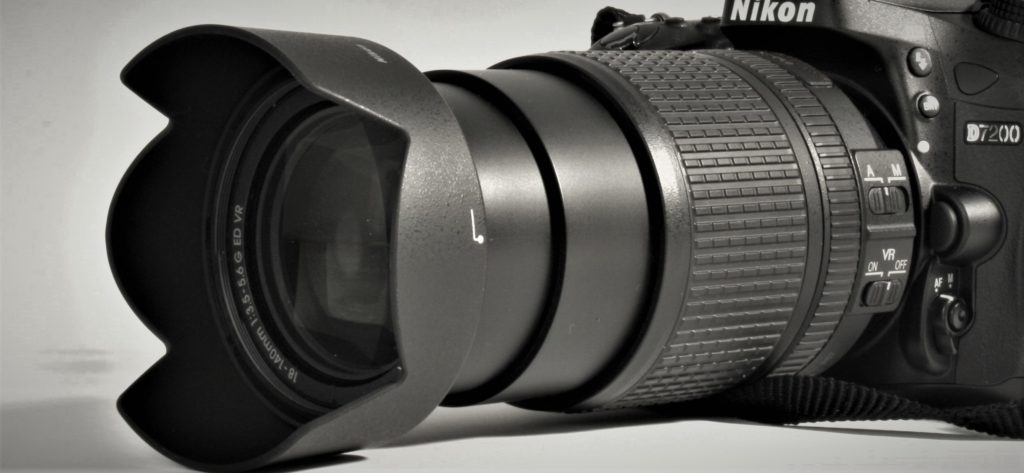
You will have many camera settings and reading the user manual may appear daunting. But there are many you will never need to touch. The three factors that truly impact image quality are aperture, shutter speed, and ISO. So lets dive into those. For further information on different settings, kindly leave a comment below
Camera Settings - Aperture
Aperture is the diaphragm opening across the lens, which is crucial because it impacts focus and exposure. Less light can pass through a smaller opening, while a larger opening permits more light to pass. The units used to measure the size of the aperture opening are called “Stops” or “f-Stops”, with most lenses having a range of approximately f/4 to f/22 or f/32. In short, the higher the “f” number, the smaller the aperture and therefore the less light passing through. To demonstrate this, the following two images depict the identical lens at f/4 and f/22.
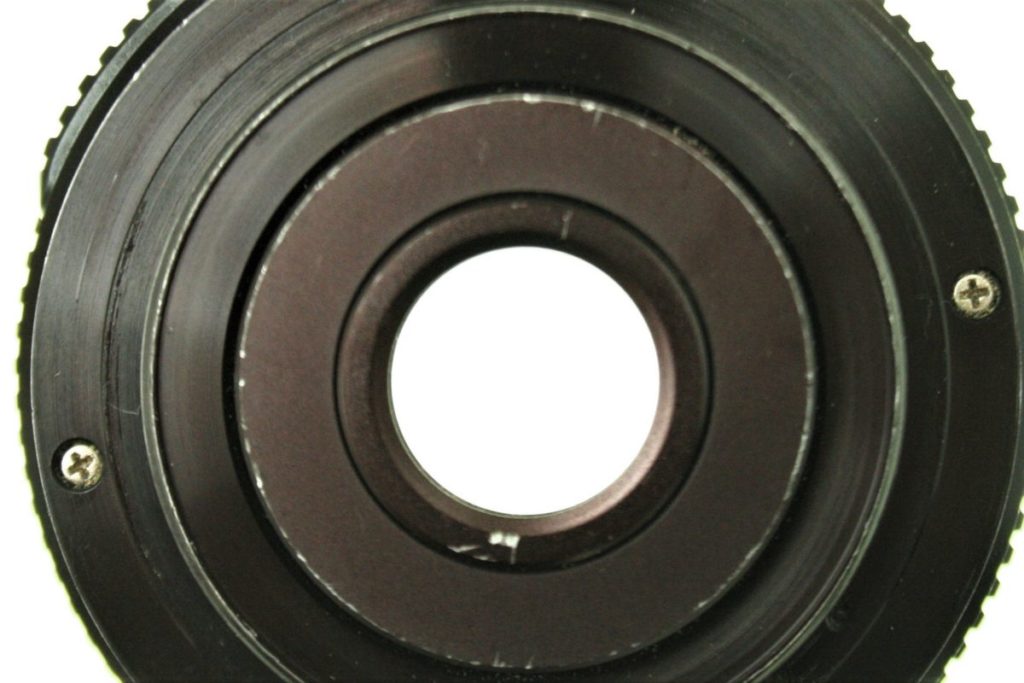
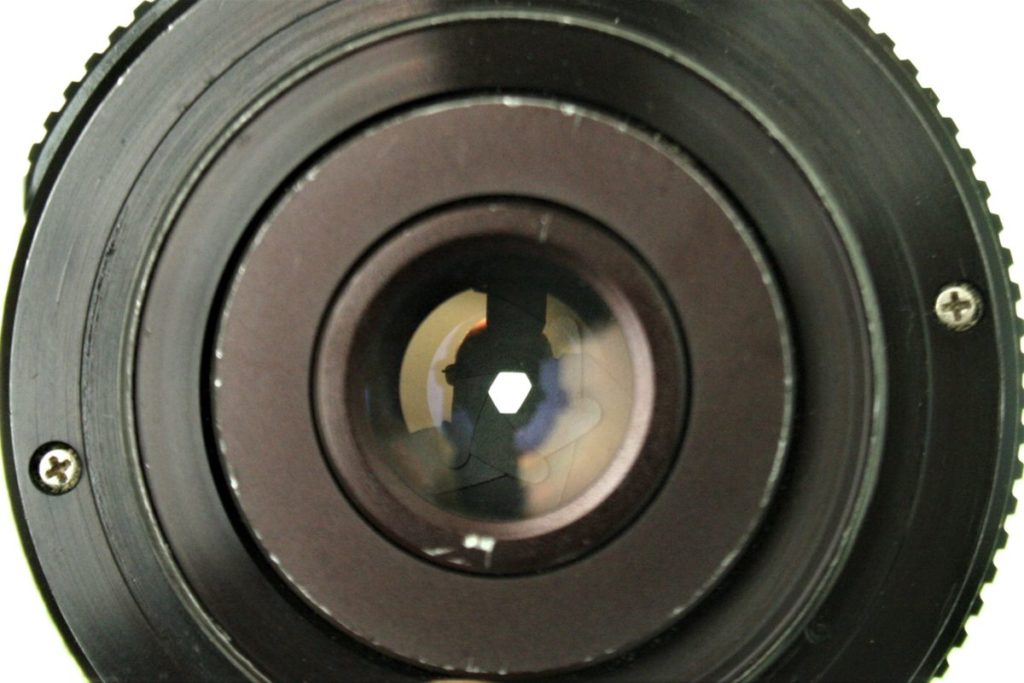
Deciding on the correct aperture camera setting
So how does the aperture camera setting affect exposure and how do we decide on the correct aperture camera setting to use?
Depth of Field
Let’s look at how your aperture setting can affect the depth of field (also known as depth of focus).
This is the distance (in feet or metres) between the foreground and the furthest point visible in your photo in which everything is “sharp” or “in focus”. The diagram below illustrates how the aperture affects this ….
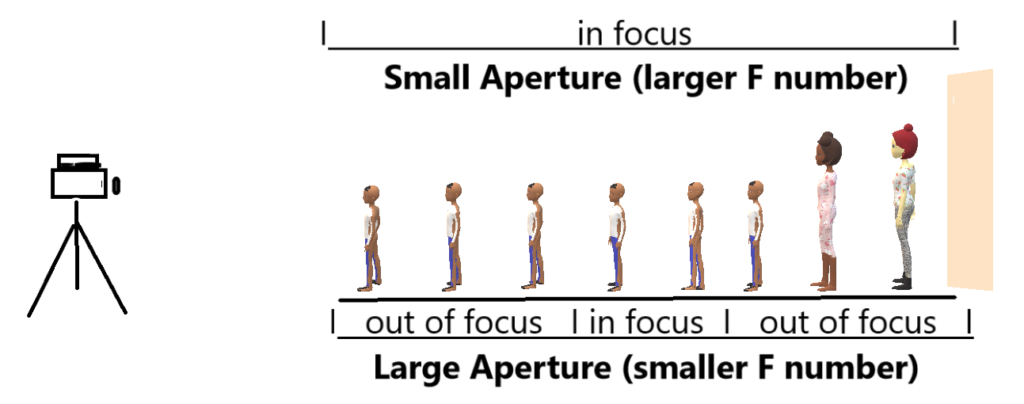
So lets see the difference in an actual photo:
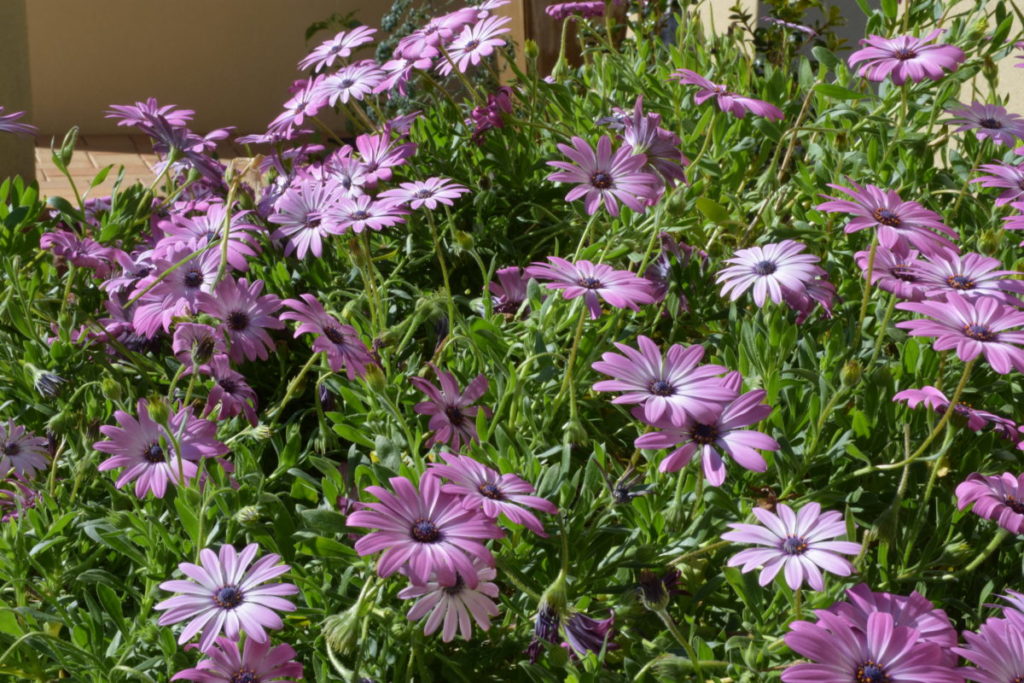
Img 1 was taken with a small aperture, f/22. Note everything, including the background, is in focus.
But sometimes you may not want everything in focus, for example, when a subject’s face must be clear but you want the background to be blurred.
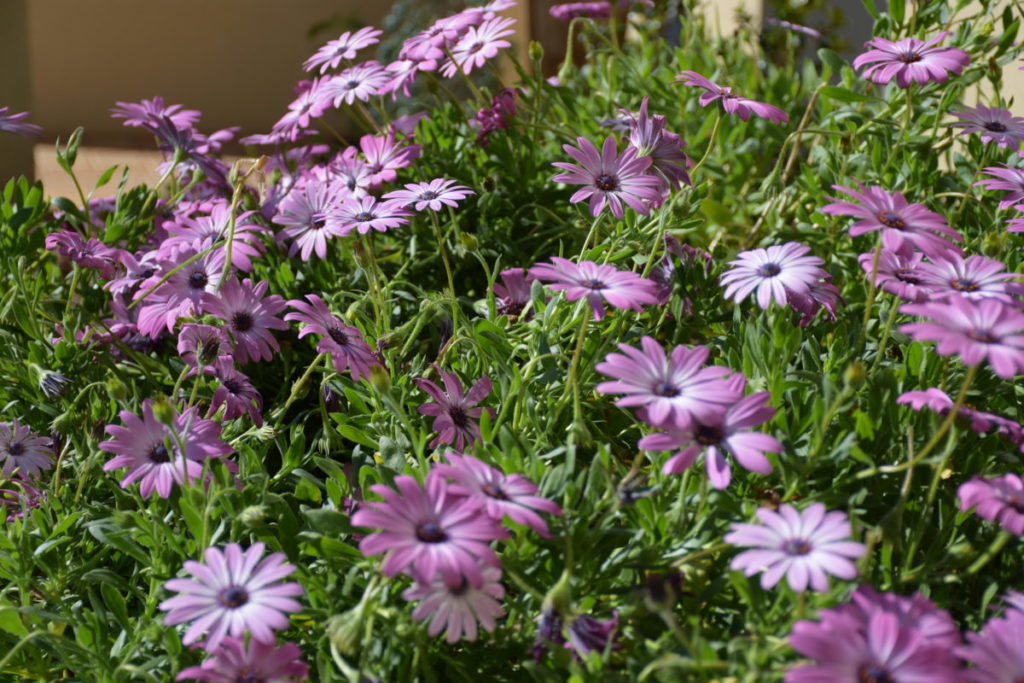
In Img 2, taken with a large aperture, f/4, note how the flowers in the middle have remained in focus, whereas those at the back in the foreground are now out of focus.
So we see how the aperture camera setting affects both the amount of light passing through the lens and the clarity properties of the image.
Adjusting background clarity
TIP: You may have heard that the background in portraits should always be soft-focussed, so shoot at a large aperture (say f/4). But if you have an attractive background, like a lake in a park, your portrait will look better if the background is sharp or at least not totally soft.
You can use your aperture setting to adjust this. For example, to sharpen the background shoot at f/16 or f/22 and increase the camera’s ISO setting or shutter speed to maintain the same exposure.
Conversely, shoot at say f/4 or f/5.6 to reduce the depth of focus and again compensate for exposure by proportionally adjusting the shutter speed or ISO camera settings.
These wedding images demonstrate how adjusting the aperture can achieve the desired clarity in either the background or foreground.
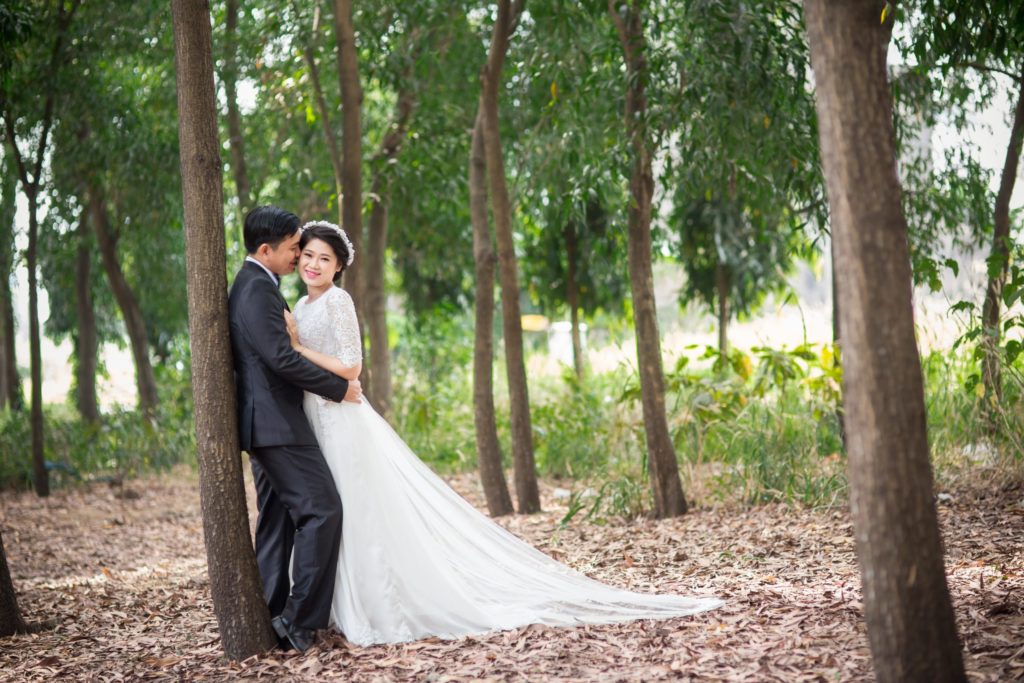
In img 3, a large aperture is used to narrow the depth of field, blurring trees in both the foreground and background, while the couple remain sharp
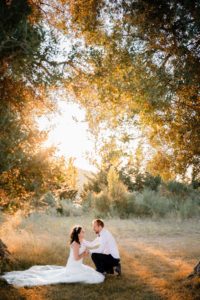
In Img 4, we see how using a smaller aperture has maintained a more even focus throughout the image

In Img 5, with a larger aperture, the focus is on the bouquet, while the couple and background are soft
Camera Settings - Shutter Speed
Next, you should take into account the shutter speed for your camera settings. The shutter is the mechanism in the camera body that opens and closes allowing light through the lens to fall on (or expose) the sensor and record the image. (In analogue days this would have been the film). The length of time the shutter is open is called the shutter speed. This is usually measured in fractions of a second but can sometimes be longer. When the shutter speed surpasses one second, it is called a time exposure.
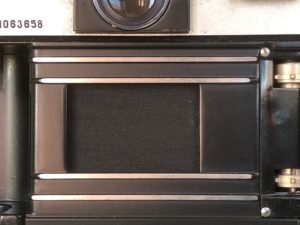
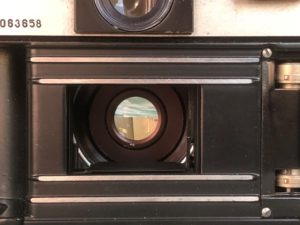
The above photos of the shutter mechanism in an analogue camera show the shutter operating in the open and closed position.
Your shutter speed and aperture settings must be balanced to ensure the image is not too light or too dark.
For example, reducing the aperture size (larger F-number) allows less light through the lens. This can be compensated by slowing the shutter speed to allow light to hit the sensor for longer. The following chart shows how shutter speed and aperture relate to each other:
The relationship between shutter speed and aperture

Camera Settings - ISO
ISO is the third of your camera settings that can affect the brightness of your image. This measures the sensitivity to light of the sensor in your camera. The higher the ISO number, the greater the sensitivity, so a high number is preferable in very low light.
However, a high setting can also create digital “noise”. This is a visual distortion that looks like tiny pixels or specks in your image. It is most noticeable in low light conditions, particularly if the ISO has been set higher to compensate for low light. A high ISO instructs the camera to record more light on to the sensor. The distortion is created when there is insufficient light to achieve this. In digital cameras, it is most noticeable when the ISO is above 2500, so a low ISO is preferable in most situations, as this will provide better image quality.
ISO camera settings in most DSLR cameras range from 100 to about 6400. I use a setting under 400 for most shots. In low light, flash is usually preferable to a higher ISO, although a higher ISO can be useful when creating images with low natural light.
Digital Noise is similar to grain in high-speed film, although in film it can be noticeable with an ISO as low as 400 or 1000.
Let’s look at the previous chart to see how the ISO setting can affect the shutter speed and aperture settings. You will see how the shutter speed slows (stays open longer) the aperture decreases to compensate. In the same way, the ISO setting will allow you to adjust the shutter and/or aperture as you increase or decrease the ISO setting.
Have a Question?


THE FOLLOWING COMMENTS WERE ORIGINALLY POSTED TO THE SAME PAGE ON MY OLD WEBSITE, WHICH IS NOW OFFLINE:
4 thoughts on “Deciding the Right Exposure”
ILIANA FREESE20/07/2020 AT 2:48 PM
I discovered your blog site on google and checked a few of your early posts 🙂
ADMIN25/08/2020 AT 4:11 PM
Thanks, nice to hear from you
ROSS COCCA 14/04/2022 AT 10:07 AM
Very nice post. I absolutely appreciate this site. Thanks!
HOUSTON JUNK CAR BUYER 04/05/2022 AT 5:55 AM
Hi Dear, are you genuinely visiting this website regularly, if so then you will absolutely
obtain nice know-how.